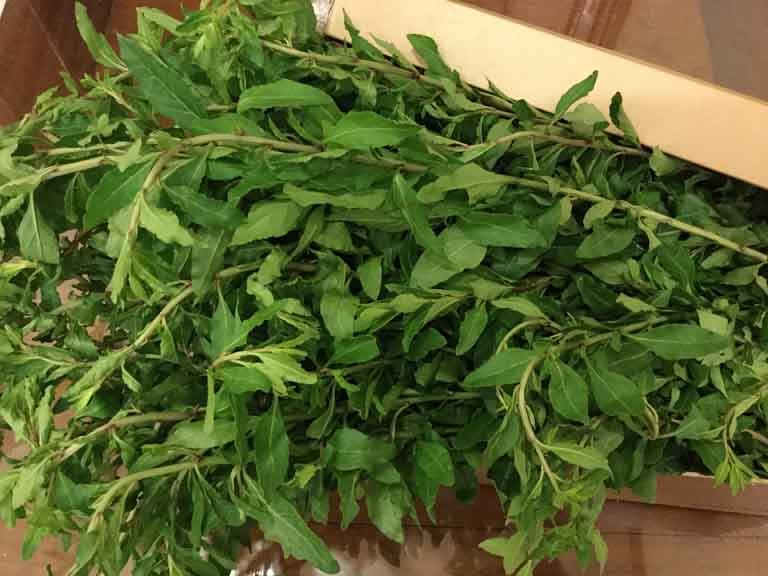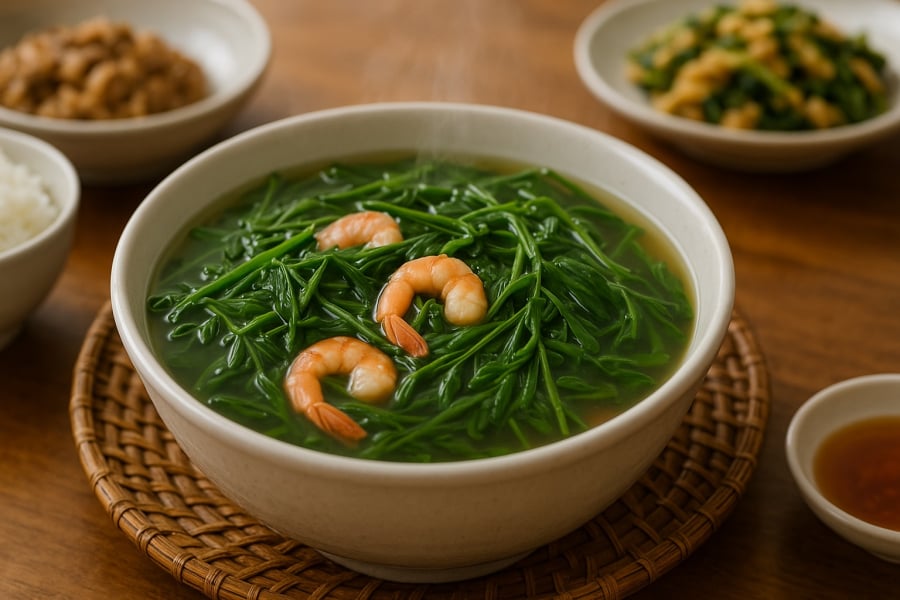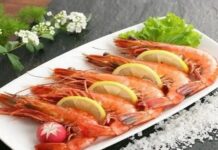Wild Vegetables Turned Delicacy: A Foraged Favorite
In the mountainous provinces of northern Vietnam, such as Lao Cai, Ha Giang, and Son La, a wild vegetable called “khoi cu” (or “khoi tu,” and “cau ky”) used to be just another plant growing along fences and streams. Locals would sometimes use it as fencing or feed it to their cattle. However, in recent years, this once-overlooked plant has transformed into a unique delicacy, sought after by urban dwellers at a price of VND 70,000-75,000/kg.
Nguyen Hong Lien, owner of a Hanoi restaurant specializing in northwestern cuisine, sheds light on the sudden popularity of khoi cu: “Our customers love stir-fried khoi cu with garlic or bone soup. Its initial bitter taste gives way to a sweet and refreshing flavor that’s simply addictive.”

A Unique Flavor Profile – Familiar Yet Exotic
Unlike regular green vegetables, khoi cu has a subtle aromatic fragrance with a slight bitterness that finishes with a sweet and refreshing taste. To preserve its natural crispness and unique flavor, the young shoots are quickly blanched before cooking.
This versatile vegetable can be prepared in a variety of ways: boiled and dipped in egg yolk sauce, stir-fried with garlic, cooked in soup with bones, shrimp, or minced meat, or even added to hot pot for a refreshing and nutritious touch.
Lan Phuong, a resident of Cau Giay District in Hanoi and a connoisseur of rural cuisine, reminisces about her first encounter with this special vegetable: “I’ve always had a soft spot for slightly bitter vegetables like ‘cai ro’ and ‘rau don.’ But when I first tried khoi cu, it was love at first bite. It leaves you with a feeling of a refreshed palate and a light stomach.”

High Price Due to Perishability
Despite its abundance in the mountains, khoi cu is challenging to transport to cities due to its quick wilting and delicate nature. This perishability drives up the price, which typically ranges from VND 70,000-75,000/kg, sometimes even reaching VND 90,000/kg.
Tran Thi Ngoc, a trader of forest vegetables at an online market, explains: “Khoi cu cannot be kept for more than two days. We have to pack it in ice immediately after harvesting to maintain its freshness. This limits the quantity we can offer.”
In Sa Pa’s restaurants, khoi cu is consistently among the most ordered dishes. Many tourists, after trying it, are eager to buy some to take home, despite the challenges of preservation.
Liver Cleansing, Detoxifying, and Health-Promoting Properties
Beyond its delightful flavor, khoi cu is also valued in traditional medicine for its health benefits. In traditional Vietnamese medicine, khoi cu is believed to possess cooling properties, aiding in heat reduction and detoxification, especially benefiting the liver. Rich in vitamins, fiber, and natural antioxidants, this vegetable is commonly used by highland residents to nourish their bodies, particularly after oily meals or when feeling exhausted and overheated.
Recognizing these advantages, urban homemakers have started incorporating khoi cu into their menus as a natural “detox” option for their families—a tasty and wholesome choice.
One-Time Planting, Year-Round Harvest
One of the most appealing characteristics of khoi cu is its vigorous growth habit. Once planted, it will climb and produce young shoots year-round with minimal care. The highland residents, who once foraged this vegetable, are now cultivating it in organized gardens to meet market demand.
Muoi Thi Dung, a resident of Ta Phin, Sa Pa, shares: “We used to let it grow along our fences for our cattle to feed on. Now, we harvest and sell it. During the summer, we can collect it five or six times, yielding dozens of kilograms each time.”
In Conclusion
Khoi cu is a humble gift from the mountains of northwestern Vietnam, embodying both the wild flavors and the nutritional treasures of nature. Once a fence-side weed, it has now earned its place as a delicacy on urban tables. If given the opportunity, indulge in this bitter-sweet vegetable—a true testament to the subtleties of nature and the hospitality of the highland people.

































